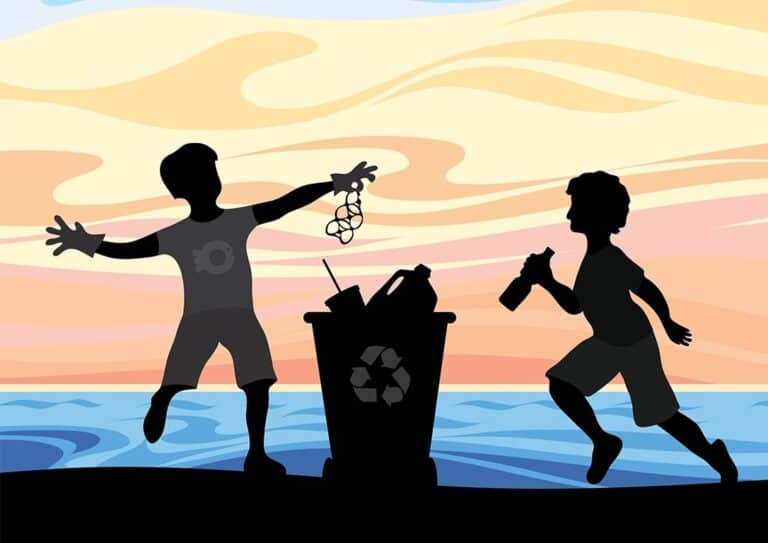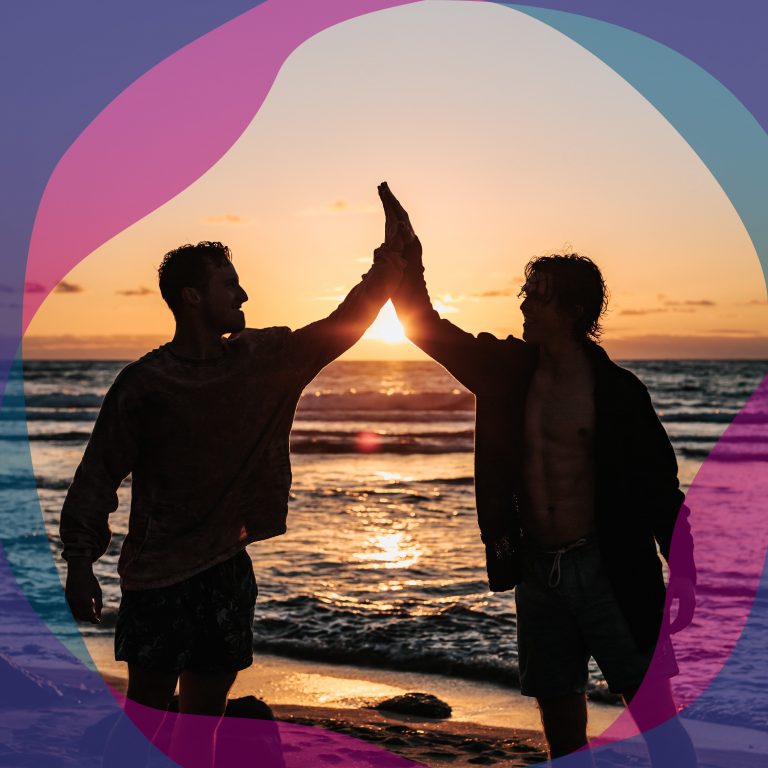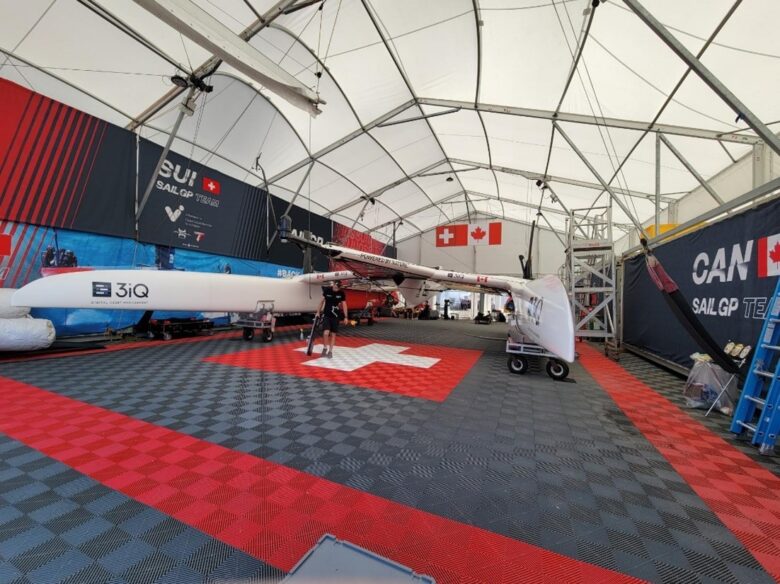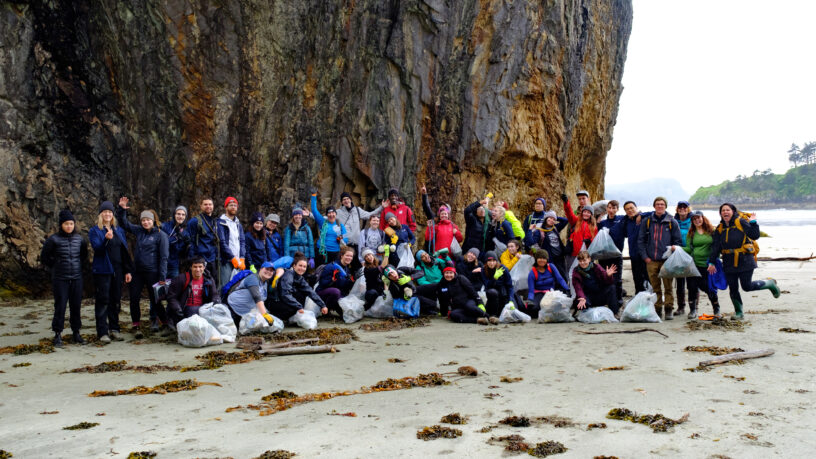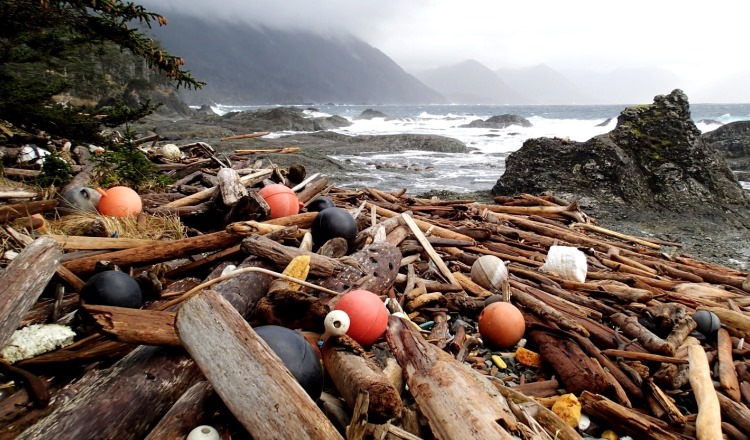
Haida Gwaii Awash With Marine Debris
Listed by National Geographic as one of the best trips to take in 2015, Haida Gwaii is a land of endless shorelines, misty forests, abundant marine life and a rich cultural history. When an invitation to join the Japan Environmental Action Network (JEAN) on a trip to this majestical island came up, I was thrilled to accept the offer.
The purpose of the trip was to learn how much debris from the 2011 Japanese tsunami has washed up on the shores of Haida Gwaii. On previous cleanups on Vancouver Island, I have been overwhelmed by the volume of debris and the difficulty of cleanups on remote beaches, so I was eager to learn about the situation here.
From my first glimpse from the plane window, the natural beauty of Haida Gwaii did not disappoint. We saw sea lions playing, locals fishing for halibut and the sun sparkling on the water. What a place! We ate delicious local seafood, learned about Haida culture and enjoyed the relaxed pace of island life.
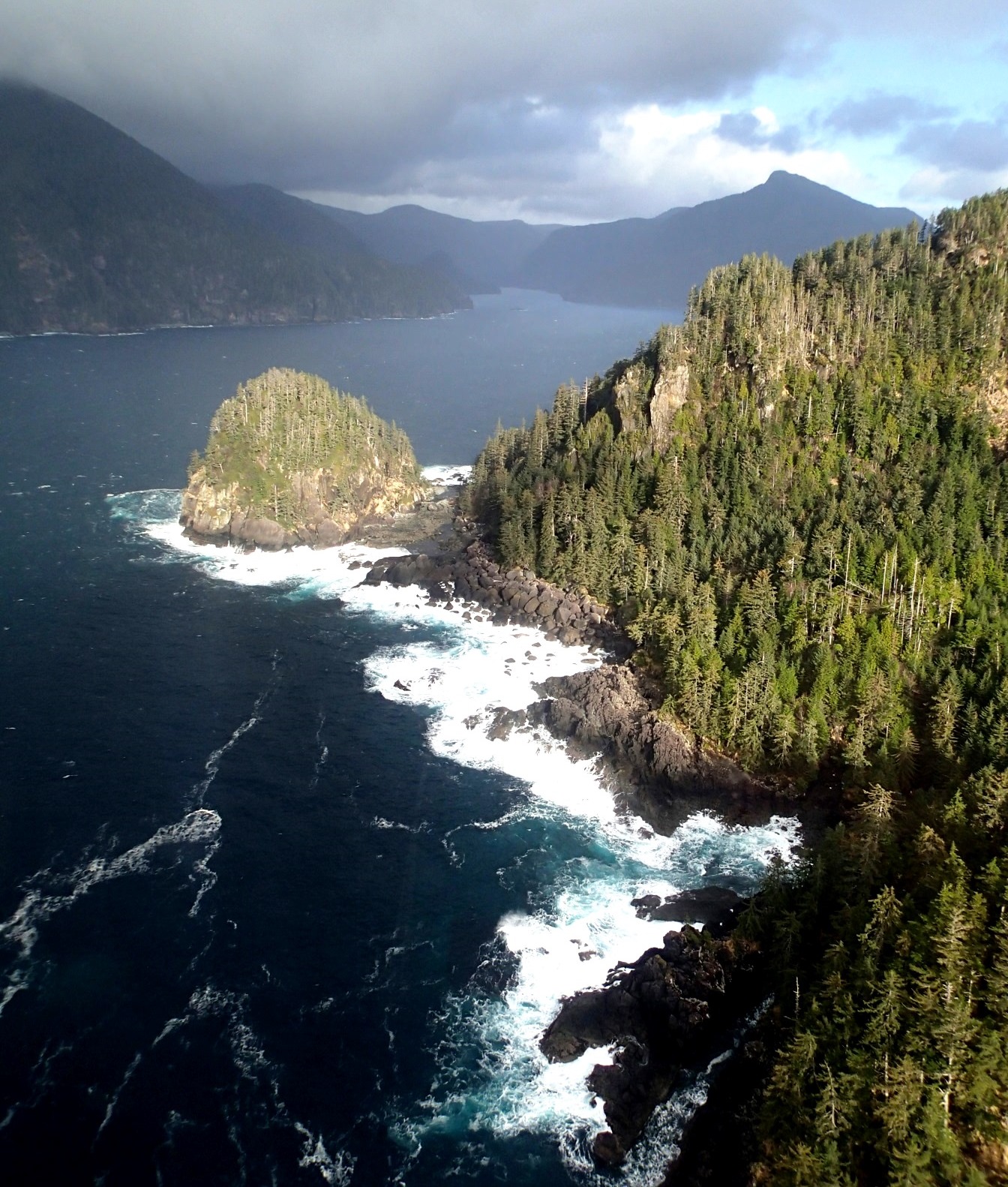
I travelled with Hanako Yokota from JEAN and members of the Haida Gwaii Tsunami Debris Management Program. We walked in the pouring rain along the sandy beach at Naikoon Provincial Park. We flew by helicopter along the remote west coast of the island, landing on beaches that are completely inaccessible for the majority of the year. Everywhere we went, we saw the same thing – marine debris. While we saw some beaches that have been cleaned as part of coordinated efforts with the Haida Gwaii Tsunami Debris Management Program, most beaches had piles of manmade items washed in from the ocean.
We saw hundreds of Japanese items which likely originated from the tsunami. We found buoys with painted symbols depicting a fishing family’s name, property markers from disaster stricken cities and household items such as shoes, combs and detergent bottles. The magnitude of the disaster was represented by the sheer volume of Japanese debris. As we walked, we shared the pain and the loss of the people of Japan.
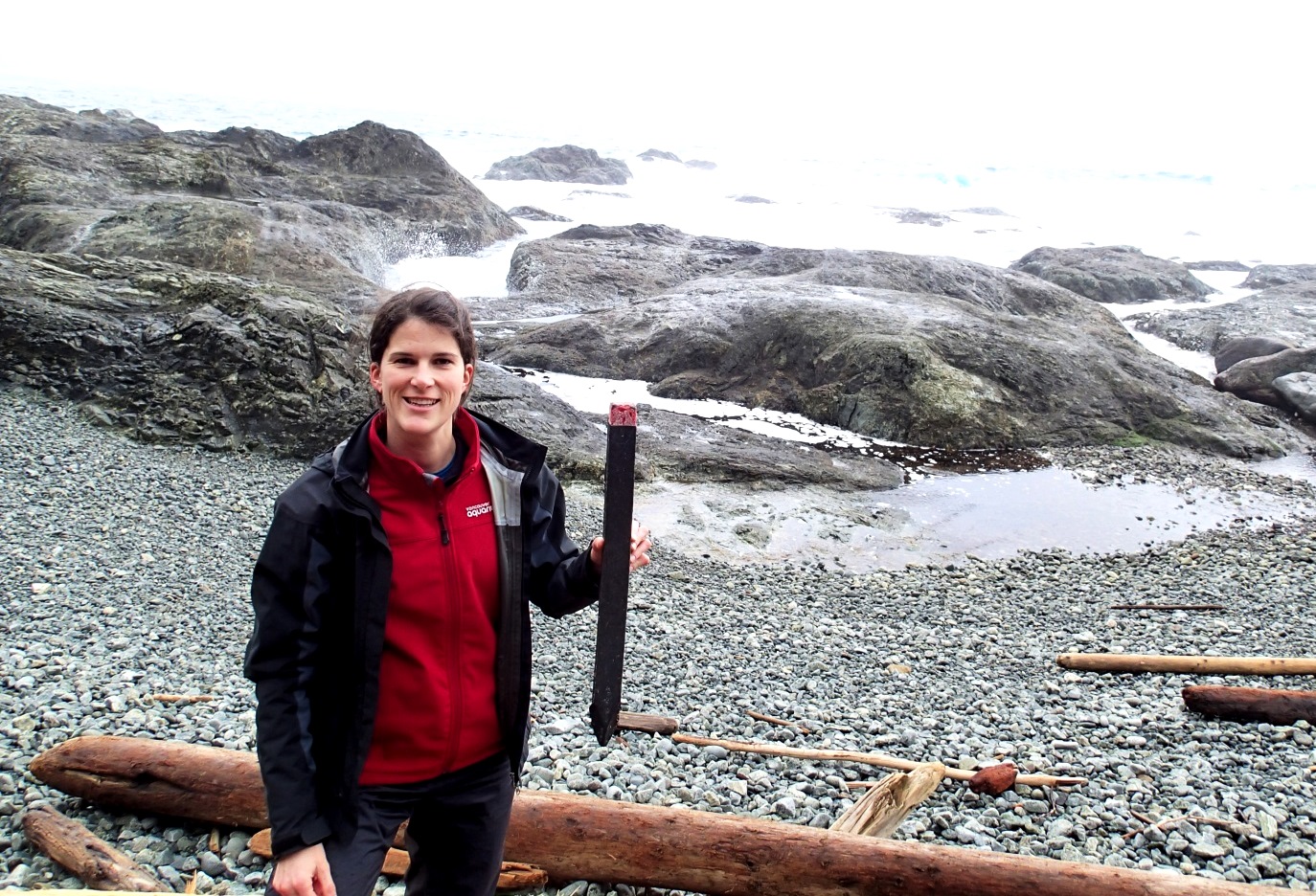
But we didn’t just find tsunami debris. We found disposable cutlery, fishing nets, shampoo bottles, rope, plastic water bottles, tires and shoes from all over the globe. On these remote beaches at the edge of the world, we saw the impact of plastic pollution and single use items. I can’t think of a worse place for our unwanted and unnecessary items to wash up than on the beautiful shores of Haida Gwaii. My heart breaks when I see never ending beaches swallowed up by everyday single use plastics.
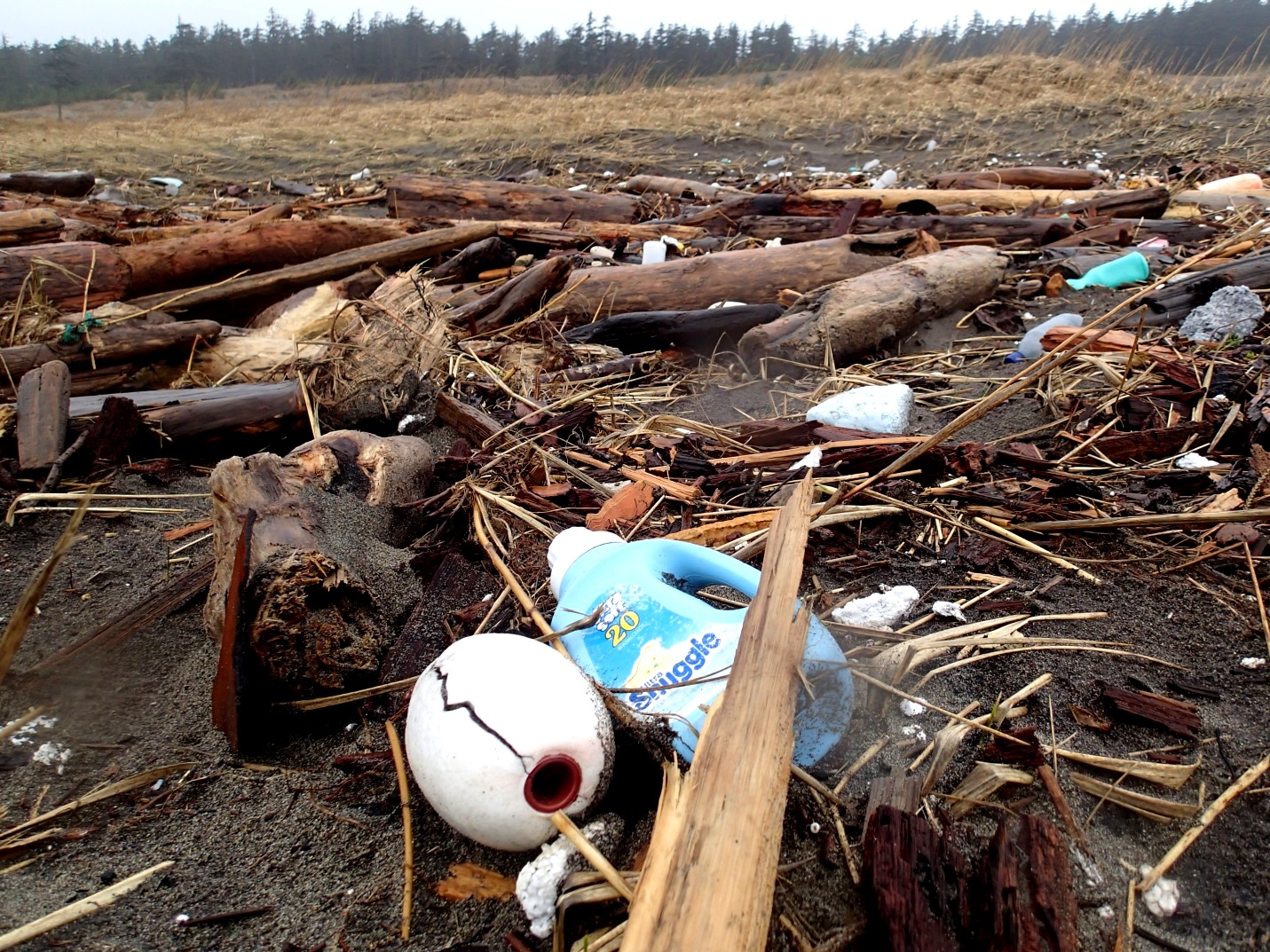
While we can’t prevent debris from natural disasters, we can prevent everyday litter from ending up in the ocean. Even if we can’t see it, our garbage is having an impact, from entangling marine mammals to ending up the stomachs of the fish we eat.
You have the power to protect our wild and pristine places. Join us anywhere land meets water and make your action count. Register today for Vancouver Aquarium and WWF’s Great Canadian Shoreline Cleanup, presented by Loblaw Companies Limited at shorelinecleanup.ca.
Kate Le Souef, manager of Vancouver Aquarium and WWF’s Great Canadian Shoreline Cleanup, has been working on tsunami debris cleanups along the west coast of Vancouver Island.
Posted February 26, 2015 by Vancouver Aquarium

